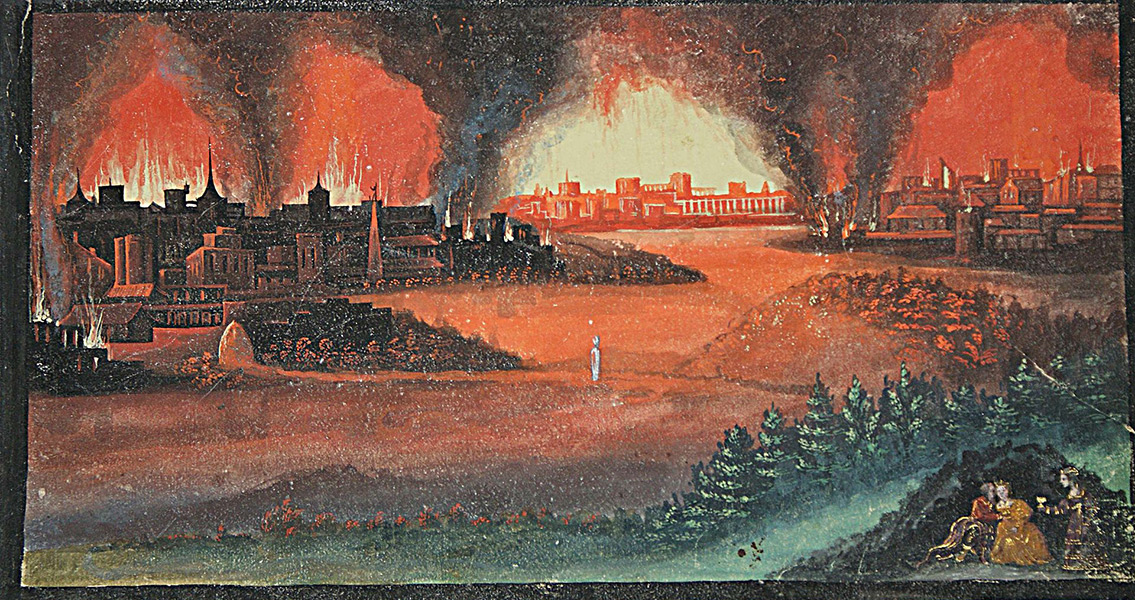<![CDATA[Archaeological excavations at a site in eastern Jordan have uncovered a major Bronze Age city that may well be Sodom, which in the Bible was destroyed by God’s wrath as punishment of its citizens. The excavations, led by Seven Collins from Trinity Southwestern University in New Mexico, have been going on for ten years now and quite a large part of the structure has been unearthed. The location, known as Tall el-Hamaam, has been dated to the early to middle Bronze Age, between 3500 and 1540 BCE, Popular Archaeology writes, quoting Collins as saying that it is “monstrous” compared to other settlements from the same period in the region. It seems that the city was continuously expanded and fortified, with evidence for thick walls and ramparts. One of these was a 5.2-metre thick mudbrick wall that reached 10 metres in height and was built during the early Bronze Age. The wall featured gates, watchtowers and at least one roadway. It seems to have been damaged by an earthquake, after which it was rebuilt and reinforced, the researcher told Popular Archaeology. Later, during the middle Bronze Age, this wall was replaced by a whole system of new structures, including a huge rampart constructed from millions of mudbricks on stone foundations. This rampart had a flat top that spread 7 metres in width, Collins said, and probably doubled as a ring road around the city. The outer slope of the structure, standing at 36 degrees from the ground, was possibly as high as 30 metres and made for a solid defence for the parts of the city where its rich lived, as evidenced by structures such as a palace, temples, and administrative buildings. These building were all found in the so-called upper city, while the lower city yielded a large monumental complex. The evidence uncovered over the ten years of excavations suggests that this city thrived not least because of its location close to the Jordan river and alongside major trade routes, just like Sodom is described in the Bible. Collins noted to Popular Archaeology that not a lot is known about the early and middle Bronze Age in the region, and even the archaeological maps of the area, the south Jordan valley, are largely blank. He went on to explain that based on the Biblical text about Sodom, it seemed that Tall el-Hamaam was the best candidate. The Bible suggests that Sodom was the largest among the cities east of the Jordan, and the city unearthed by Collins and his team also seems much larger than any other finds in the area, and not just in the immediate area, which is known as Kikkar, the Jordan Disk, or “well-watered plain”. In fact, it was between five and ten times larger than the rest of the Bronze Age settlements in the region. One further finding in support of the hypothesis that Tall el-Hamaam was Sodom is that it seems to have been suddenly deserted, some time towards the end of the middle Bronze Age, because there are very few artefacts from the late phase of the period in comparison to other settlements in the region. This desertion continued for around 700 years, after which the city was repopulated, as evidenced by remains from Iron Age monuments, including a new city wall, houses and other buildings plus something that is believed to have been a religious centre. Yet, the scale of these new structures was smaller than the Bronze Age ones, which led the researchers to believe that the city never regained its status after the end of its heyday. ]]>
Sodom Possibly Found
